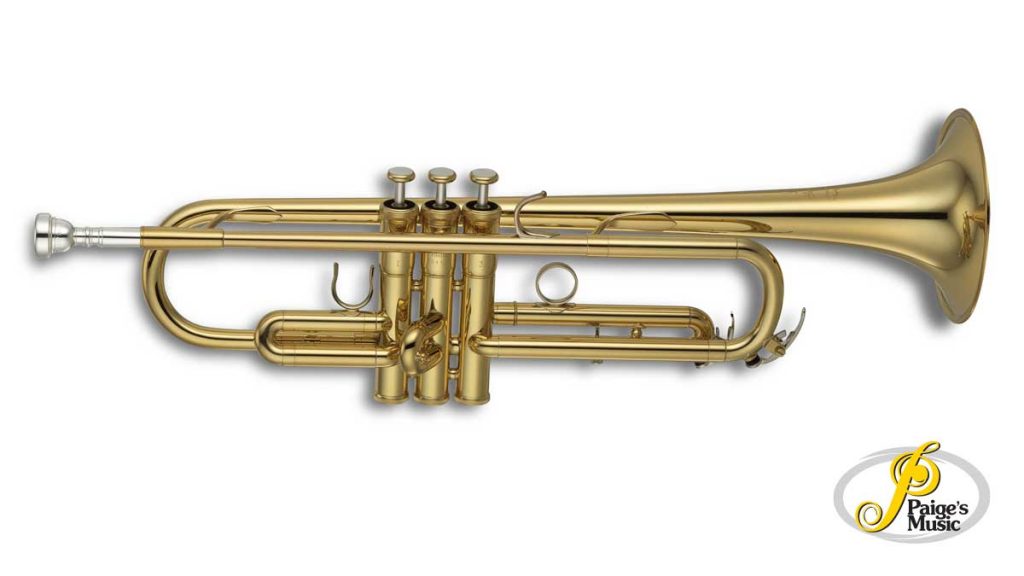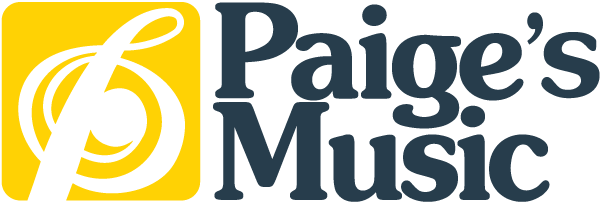Two Of A Perfect Pair

I feel like I talk about mouthpieces WAY too much. And you know what they say; “The first step to solving a problem is admitting you have one!” At one point I definitely had 70 mouthpieces of all different sizes with different purposes and I would just try to make things work even if they didn’t want to, which I now realize is the wrong way to go about selecting equipment. This brings me to a very important topic and an anecdote to help try to prove my case. I bought a very specific, specialized trumpet from a friend that was designed to be an orchestral Bb and pair well with the matching C trumpet model in this brand’s line. Now, I truly believe there isn’t much this horn can’t do, but I definitely feel that it favors larger mouthpieces in general to achieve the purpose for which it was built. There are many factors to consider such as bore size, bell, leadpipe, and instrument weight, as well as many others. I’ll take a few horns and give some examples of mouthpieces that might work well with it and why.
If you play a lighter weight trumpet like the Yamaha 8310Z Bobby Shew model, don’t you think it would stand to reason that the Shew Lead and Shew Jazz pieces would work well with that instrument? After all, they were all designed for and in cooperation with Bobby Shew. However, since this instrument is a step bore and has a large bell, I think we can go a little further and say that even a slightly larger piece with a medium sized C shaped cup would work well with this instrument. From there, it’s up to the player to color their sound as they wish!
Who plays a Bach Stradivarius? Ok, calm down and let’s get to business! In my personal experience, these instruments aren’t super mouthpiece sensitive which means you can use tons of different mouthpieces to achieve your goal. I owned and regularly played two Bb Strads with a 37 and 72 bell. To my ears and chops the 72 didn’t always like to play super loud with a fluffy mouthpiece because the nature of the 72 bell is very big and plays in that direction. However, because it was already kind of on the more Teutonic side, It LOVED to be a lead horn and never said no when I used my screamer piece. The 37 worked in most situations and could be either fluffy or loud and bright. I mean, it’s popular for a reason! This instrument is basically a an excellent paintbrush waiting to sonically paint upon the canvas of silence. I would use a Bach 5B with this instrument mainly and it got good results.
There are many other horns that have their own set of rules.. Like, a Flugelhorn won’t sound super rich with a really shallow piece, or a piccolo trumpet probably won’t sound right with a large, deep mouthpiece. These are my observations, but since everyone is different your experience may vary, please let me know if it does as I love to talk about this and collecting data.

No Comments